I've become somewhat obsessed with how these seemingly simple elements can completely transform a garden's character and usability!
The first time I discovered the transformative power of a stone bench was in my grandmother's garden. Nestled beneath an ancient oak tree, that simple granite seat wasn't just functional—it was the heart of her outdoor space, a quiet sanctuary that seemed to whisper stories of seasons past. Since then, I've become somewhat obsessed with how these seemingly simple elements can completely transform a garden's character and usability.
Whether you're a landscape designer planning a client's dream space or a homeowner looking to add both beauty and function to your garden, a thoughtfully chosen stone bench can be the perfect finishing touch. Let's explore ten stunning stone bench designs that combine durability with timeless appeal.
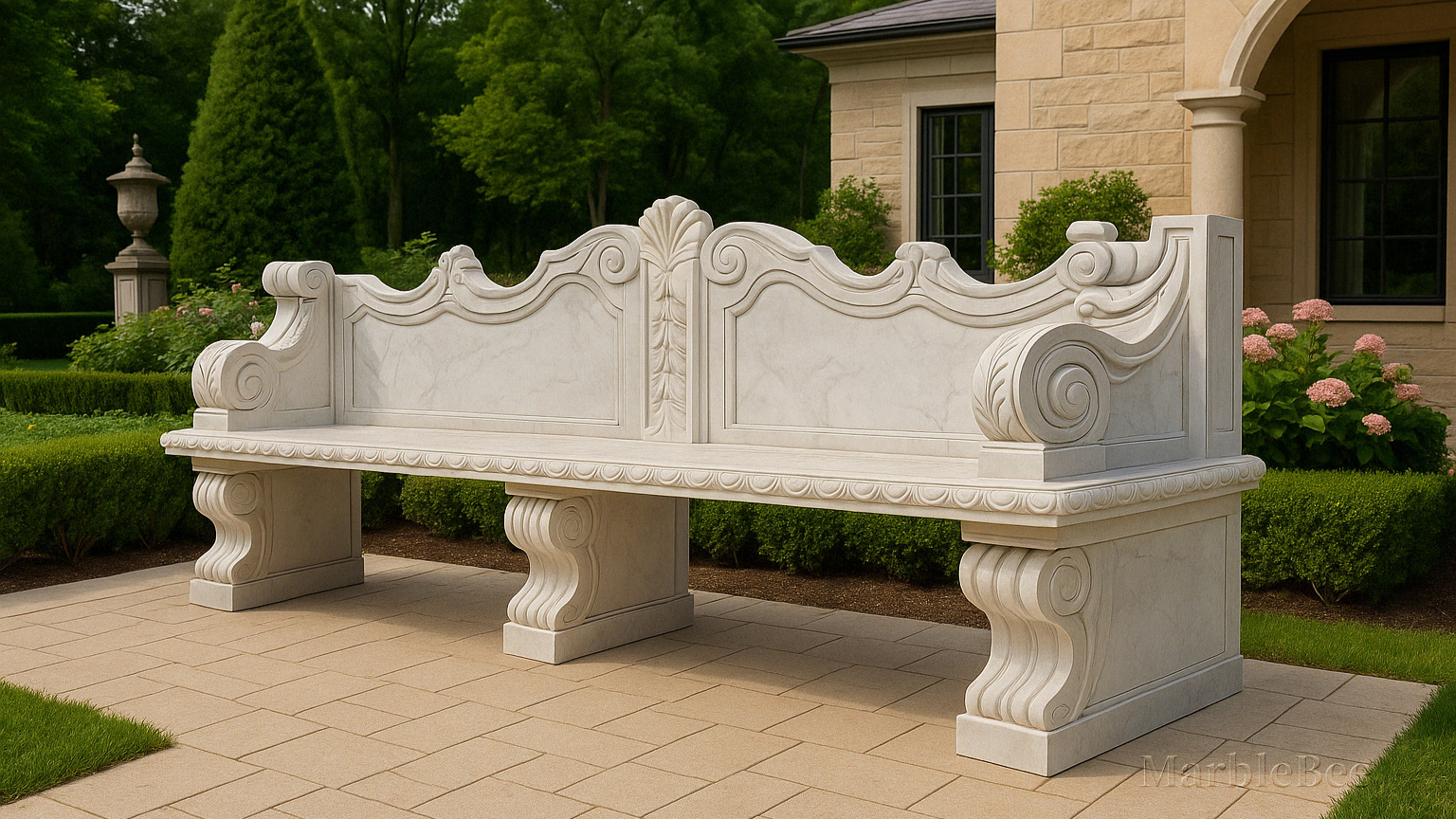
Before diving into specific designs, it's worth understanding why stone benches have adorned gardens for centuries. Unlike wooden alternatives that require regular maintenance and eventual replacement, stone benches weather gracefully, often becoming more characterful with age. Their natural thermal properties make them cool in summer and surprisingly warm in spring and fall when they retain the sun's heat.
As one landscape architect told me, "Stone benches aren't just seating—they're anchor points that give structure to a garden's narrative." I couldn't agree more.
Perhaps the most iconic stone bench design features graceful curves with decorative scrolled arms. Typically crafted from cast stone, these benches evoke European garden traditions and create an instant focal point.
What I love about curved benches is how they create a sense of enclosure, perfect for tucking into a quiet corner or centering within a circular garden bed. The gentle arc encourages conversation when shared or provides a cradling comfort when enjoyed alone.
Best suited for: Traditional gardens, rose gardens, formal landscapes
Materials commonly used: Cast stone, limestone
Maintenance level: Low—occasional cleaning with mild soap and water
Design tip: Place your curved bench where it can capture a view—perhaps facing a favorite plant collection or water feature. The curve naturally frames what's before it.
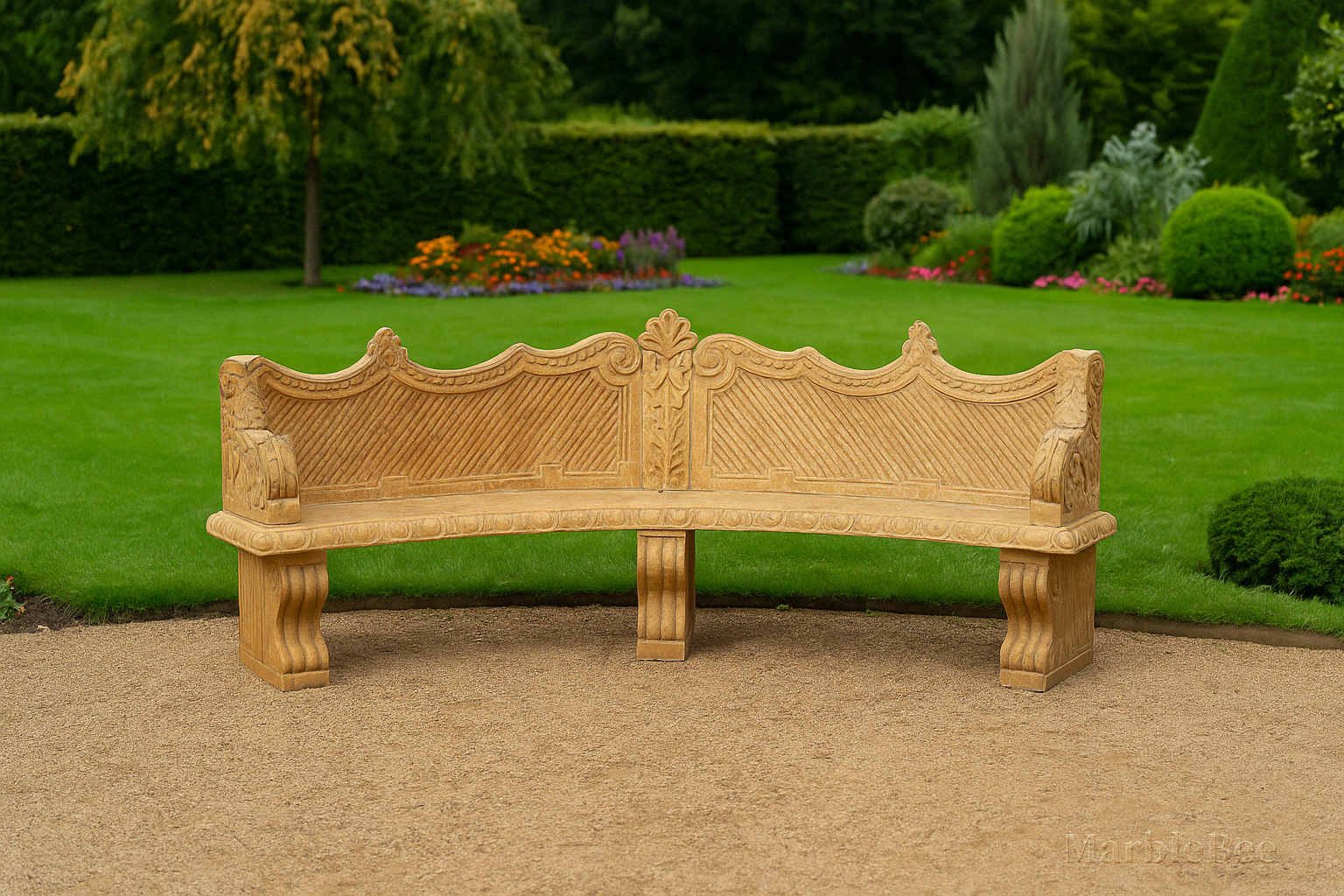
At the opposite end of the design spectrum are sleek, contemporary slab benches. These architectural statements feature clean lines and minimal ornamentation, letting the beauty of the stone itself take center stage.
I recently visited a Japanese-inspired garden where a single slab of honed granite created a meditative seating area. The simplicity was breathtaking, proving that sometimes less truly is more.
Best suited for: Modern landscapes, minimalist gardens, meditation spaces
Materials commonly used: Granite, bluestone, concrete
Maintenance level: Low—simple wiping clean
Design tip: Play with proportion—an extra-long slab creates drama, while a perfectly square cube offers versatility as both seat and occasional table.
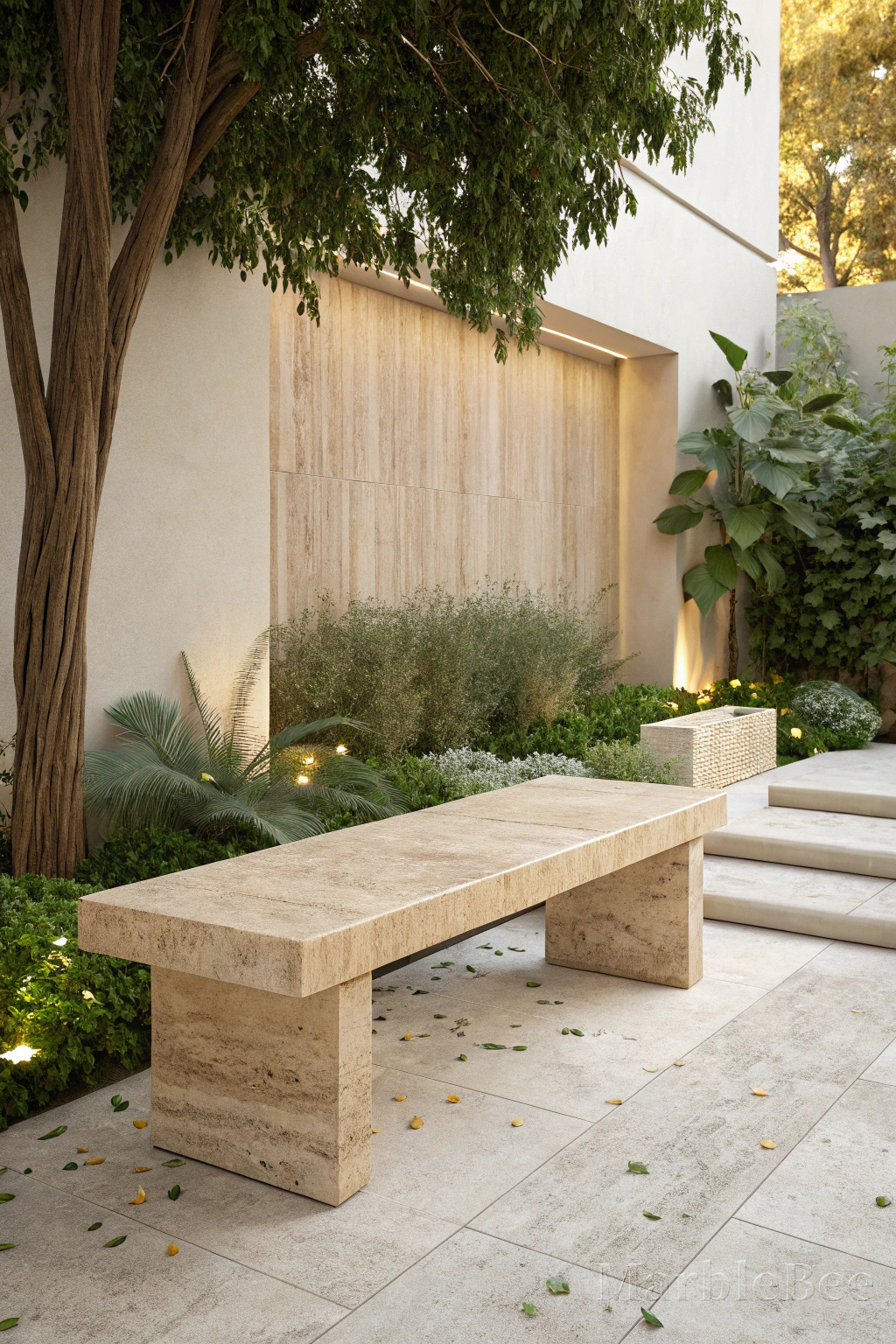

Nature provides some of the most striking bench designs through boulder formations. These organic seating options range from slightly modified natural stones with flattened tops to artistic compositions that maintain the stone's raw beauty while ensuring comfortable seating.
During a garden tour in the Pacific Northwest, I encountered a boulder bench that appeared to have emerged naturally from a rock garden. The designer had carefully selected and positioned a granite boulder with a natural depression perfect for sitting. The result was magical—functional art that seemed part of the landscape itself.
Best suited for: Naturalistic gardens, rock gardens, woodland settings
Materials commonly used: Granite, basalt, limestone boulders
Maintenance level: Minimal—occasional rinsing to remove debris
Design tip: Consider the ergonomics—even natural seating needs to be comfortable. The best boulder benches offer a relatively flat seating surface with a slight backward tilt.
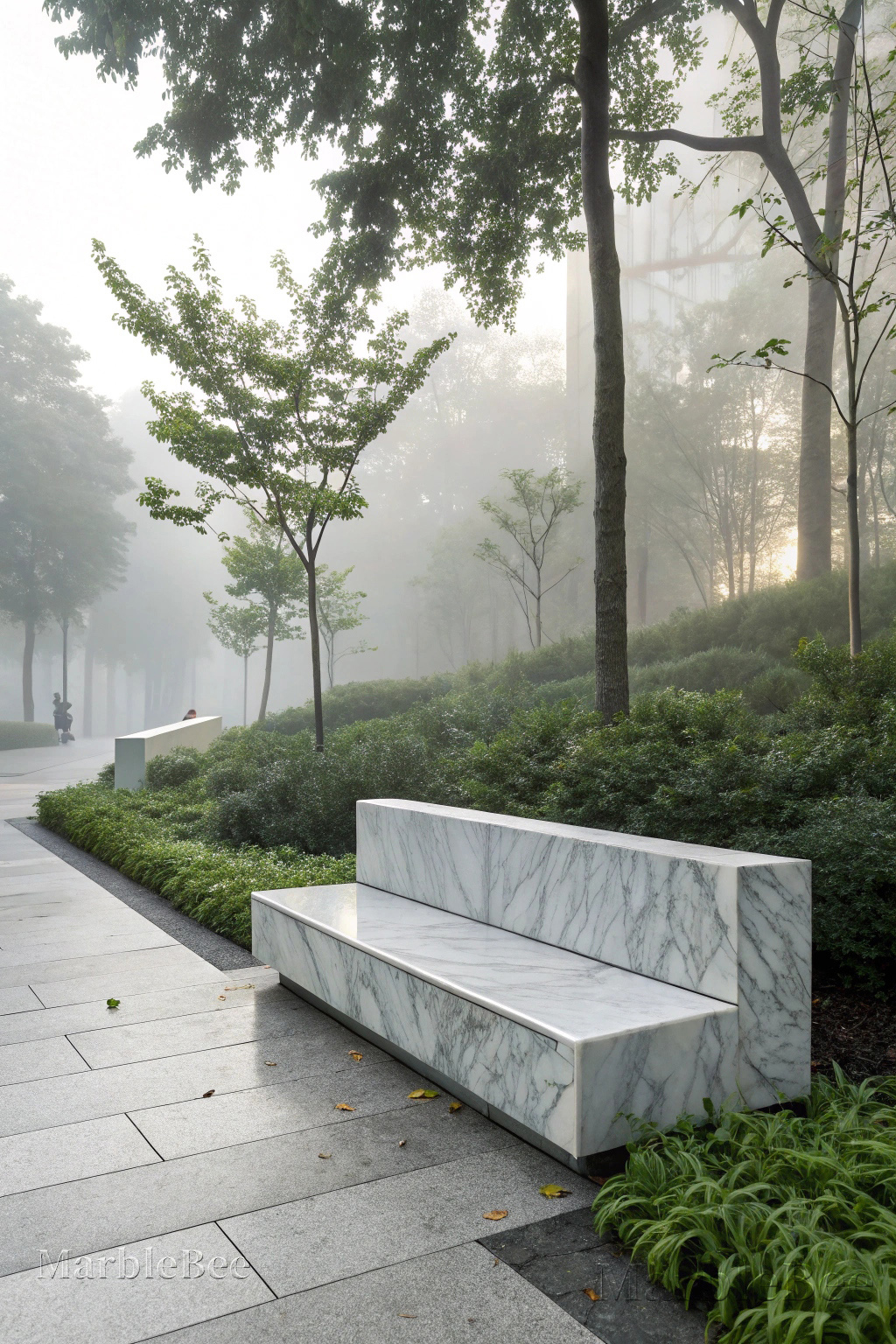
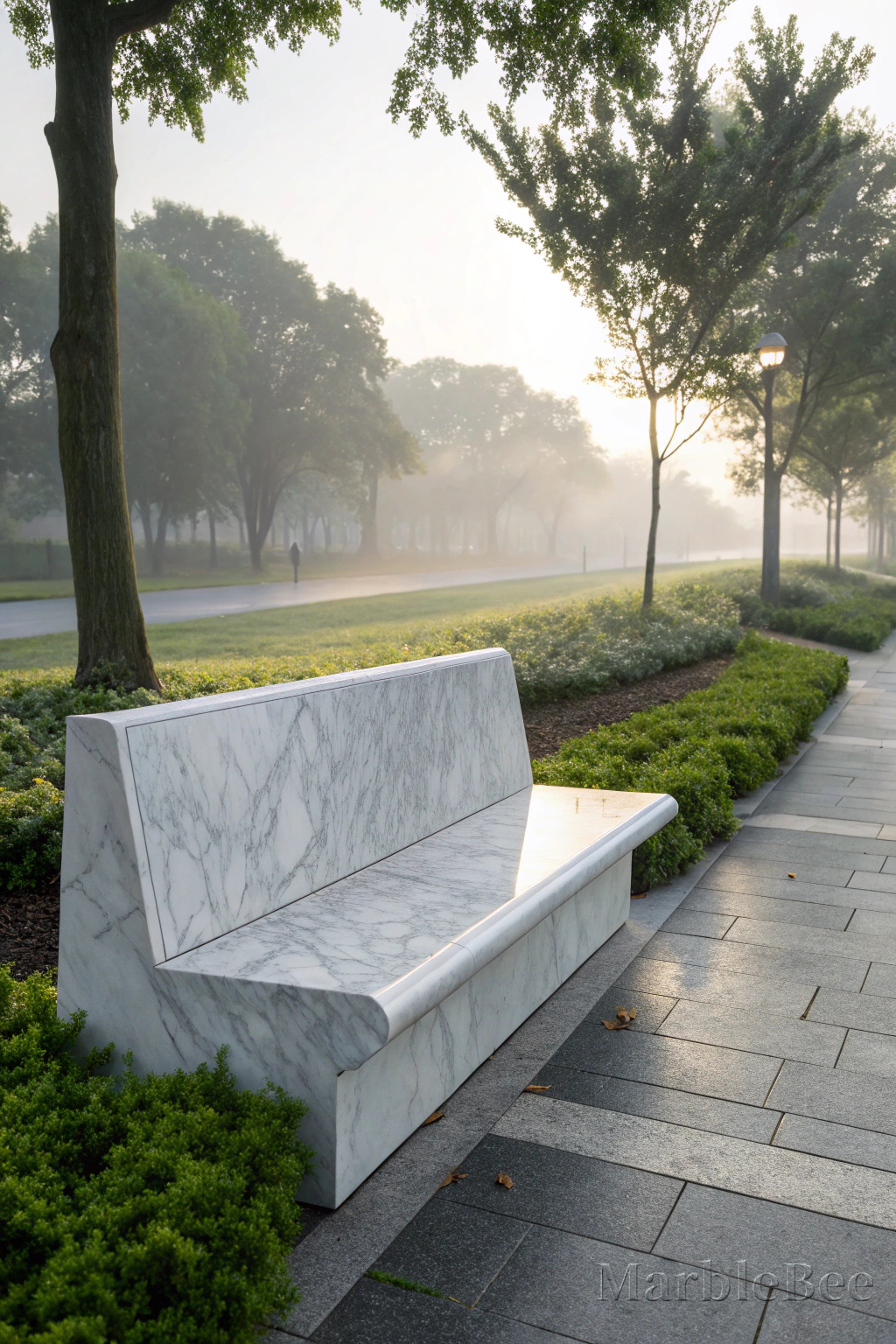
Backless stone benches offer versatility and 360-degree usability. These streamlined designs can be approached from any angle, making them perfect for central garden areas or places where you want to enjoy views in multiple directions.
I particularly appreciate how backless benches don't visually obstruct the garden beyond them. They seem to float in the landscape rather than creating a hard visual barrier.
Best suited for: Central garden locations, smaller spaces, flexible seating needs
Materials commonly used: Granite, limestone, cast stone
Maintenance level: Low—occasional cleaning
Design tip: Consider placing backless benches in pairs facing each other across a pathway, or in a circle around a fire pit or central feature.
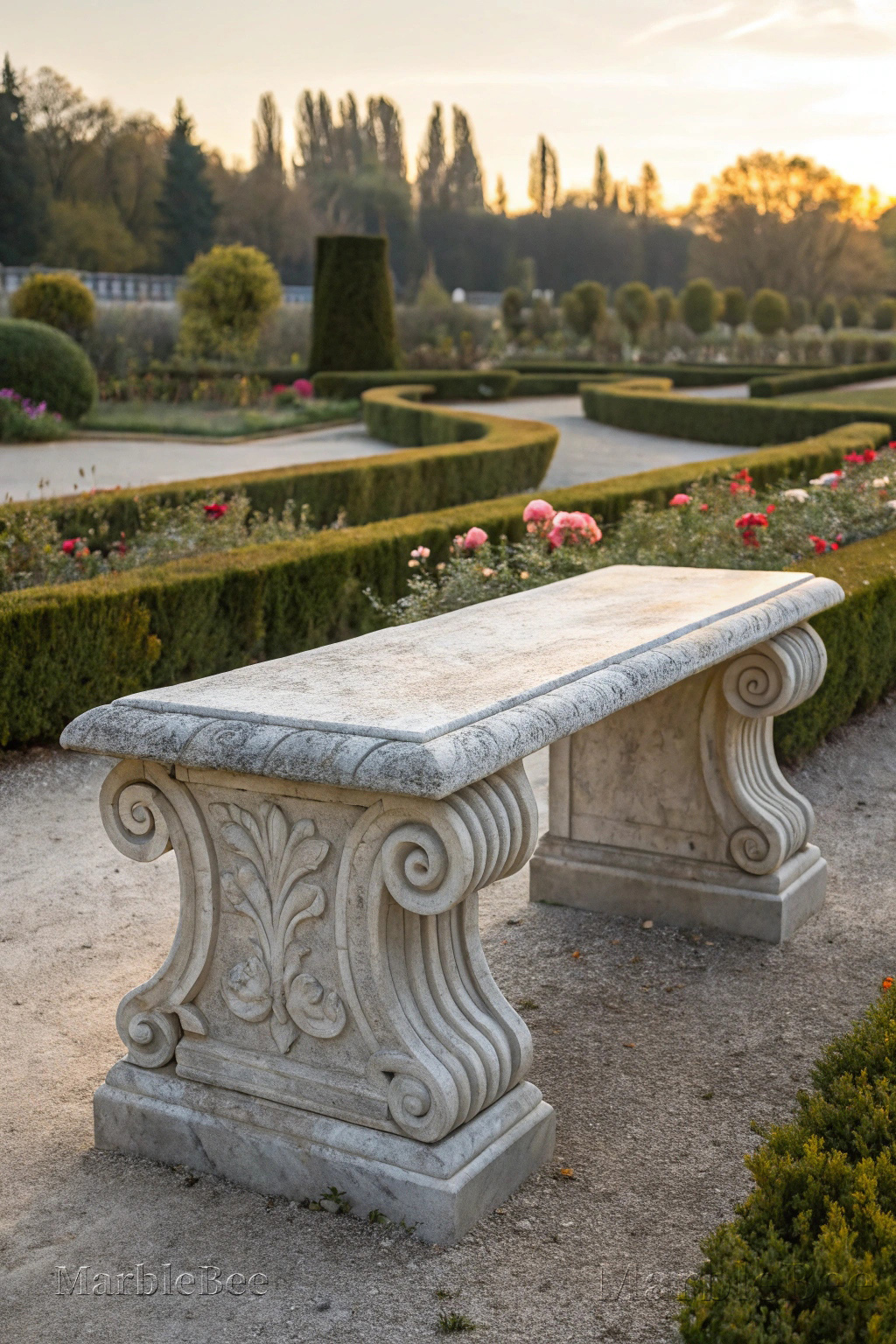
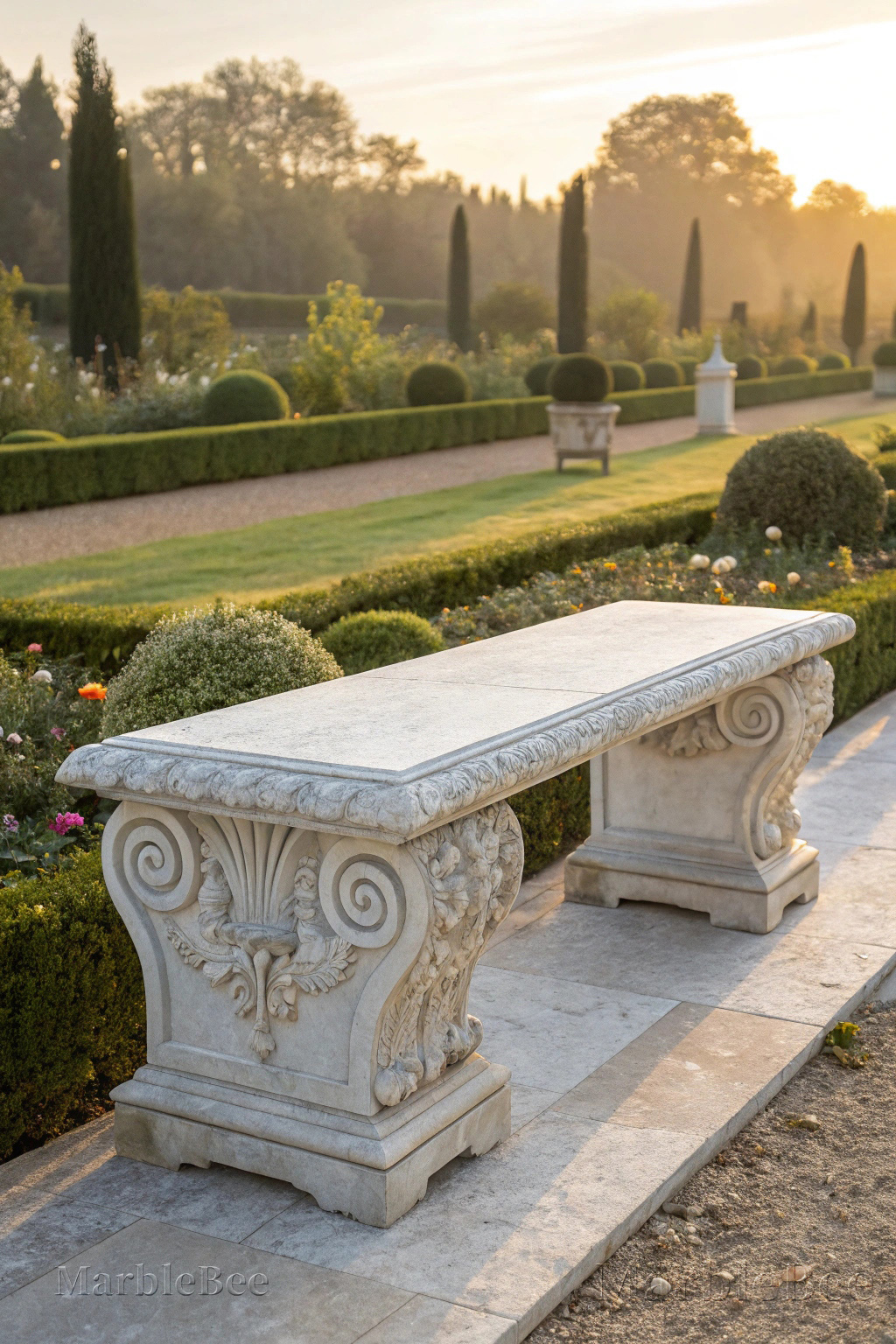
For gardens seeking a touch of luxury, marble benches with ornate carvings bring unparalleled elegance. These showcase pieces often feature intricate relief work, classical motifs, or decorative legs that elevate them from mere seating to garden sculptures.
While visiting historic gardens in Europe, I was struck by how these elaborate benches served as destinations within the landscape—places that drew visitors forward to discover both the bench itself and the carefully framed view it offered.
Best suited for: Formal gardens, estate landscapes, entry courtyards
Materials commonly used: Marble, fine limestone
Maintenance level: Moderate—requires regular cleaning and occasional sealing
Design tip: Make ornate marble benches the star of their own garden room—perhaps centered at the end of a path or as the focal point of a secluded alcove.

For spaces that bridge the gap between formal and natural, combined material benches offer a perfect compromise. These designs typically feature stone ends or supports with wooden seating surfaces.
The warmth of wood softens stone's potential coldness while benefiting from the stone's structural permanence. I find these combinations particularly inviting—they seem to say "stay awhile" more than all-stone options sometimes do.
Best suited for: Cottage gardens, transitional spaces, country properties
Materials commonly used: Granite or fieldstone bases with hardwood seating
Maintenance level: Medium—wood requires periodic treatment
Design tip: Choose complementary materials—perhaps locally sourced stone paired with a regional wood species that tells a cohesive material story.
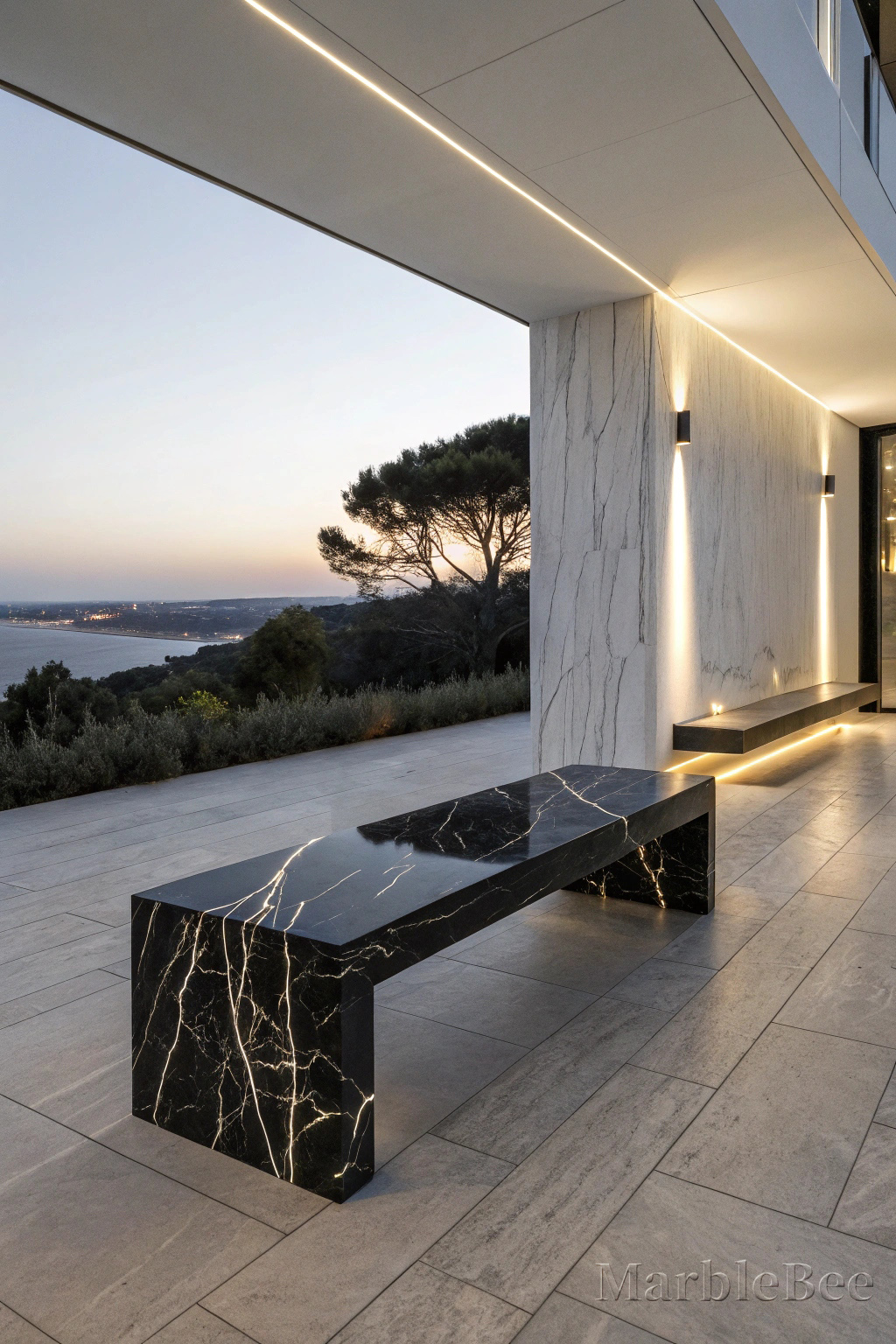
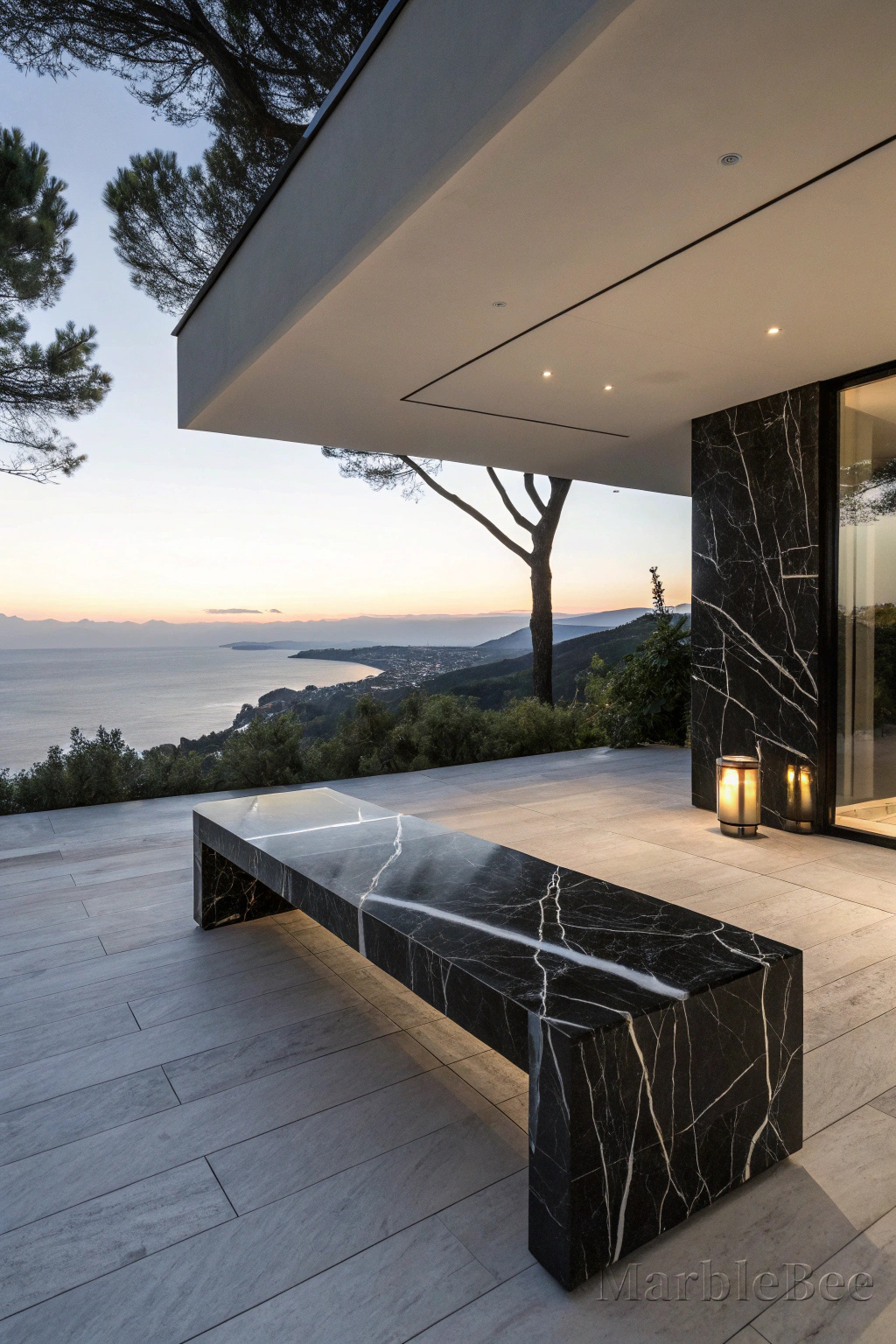
Stone's permanence makes it the ideal medium for commemorative benches. Whether marking a special occasion, honoring a loved one, or simply sharing a favorite quote, custom engraved benches add personal meaning to your garden space.
I've designed several memorial benches for clients, and there's something profoundly moving about creating a space for reflection that will endure for generations. These benches often become the emotional center of a garden.
Custom Engraved Memorial Bench: Memorial gardens, meaningful garden corners, meditation spaces
Materials commonly used: Granite, bluestone, limestone
Maintenance level: Low—occasional cleaning
Design tip: Consider placement carefully—memorial benches benefit from peaceful settings with some degree of privacy, perhaps overlooking a particularly beautiful garden view.
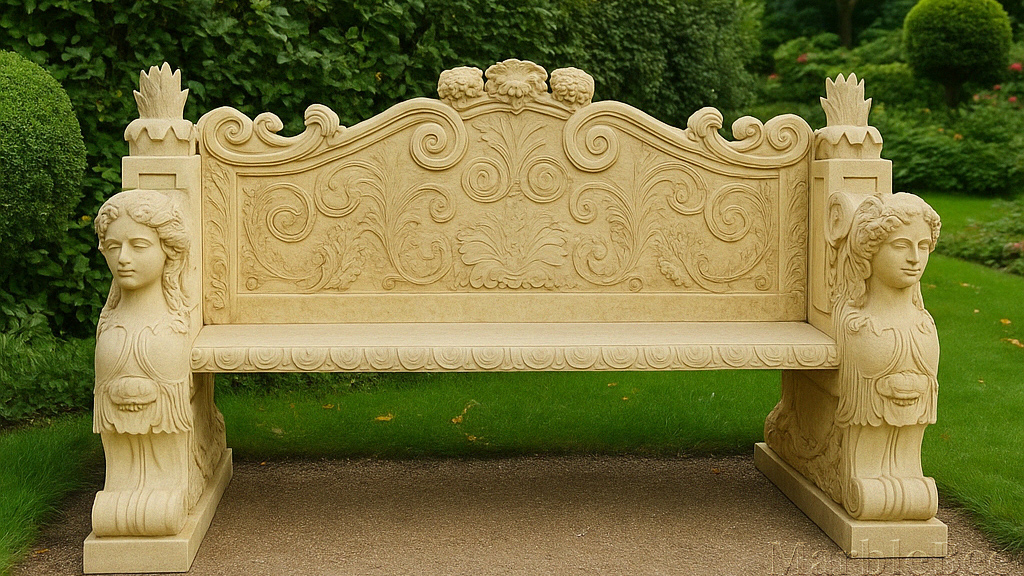
Combining seating with planting creates multifunctional garden elements. These clever designs feature integrated planters at one or both ends of the bench, allowing for colorful displays that change with the seasons.
In smaller gardens where space is at a premium, these dual-purpose benches maximize functionality without sacrificing style. I've used them successfully in urban patios where every square foot needs to work doubly hard.
Best suited for: Compact gardens, urban spaces, container-focused designs
Materials commonly used: Cast stone, concrete
Maintenance level: Medium—requires plant care along with bench maintenance
Design tip: Consider planting cascading varieties that will soften the stone's edges and create a more integrated look between bench and garden.

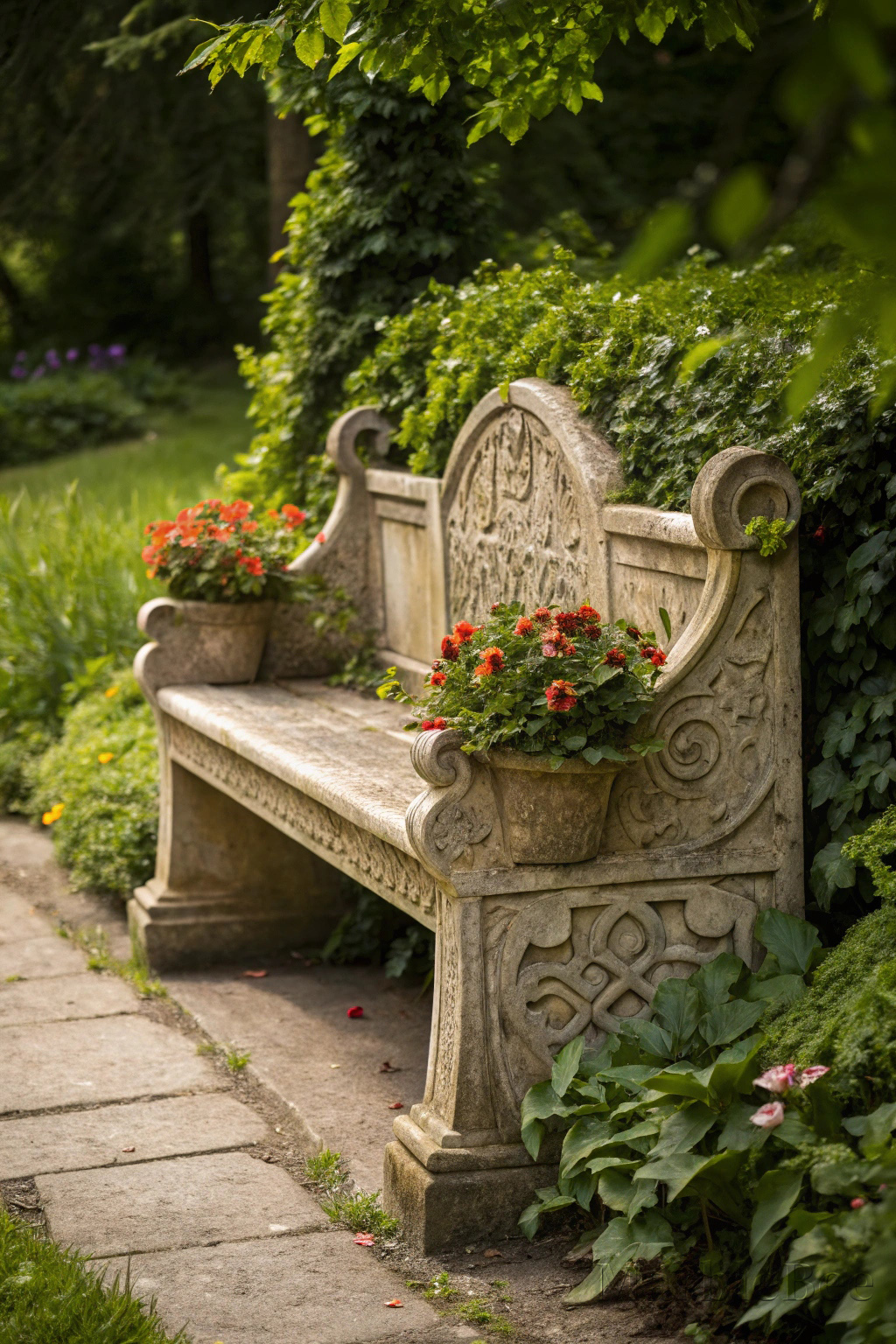
Tree surround benches transform a garden's vertical element into a gathering space. These circular or hexagonal designs wrap around tree trunks, creating intimate seating areas naturally sheltered by the tree's canopy.
I've always found these benches foster a special kind of conversation—perhaps it's the circular arrangement that encourages face-to-face interaction, or maybe it's just the magic of sitting beneath a living umbrella of leaves.
Best suited for: Gardens with mature trees, family spaces, social areas
Materials commonly used: Cast stone, concrete, granite segments
Maintenance level: Medium—may require adjustments as tree grows
Design tip: Leave adequate space for trunk growth and ensure the tree is healthy before investing in a surrounding bench.
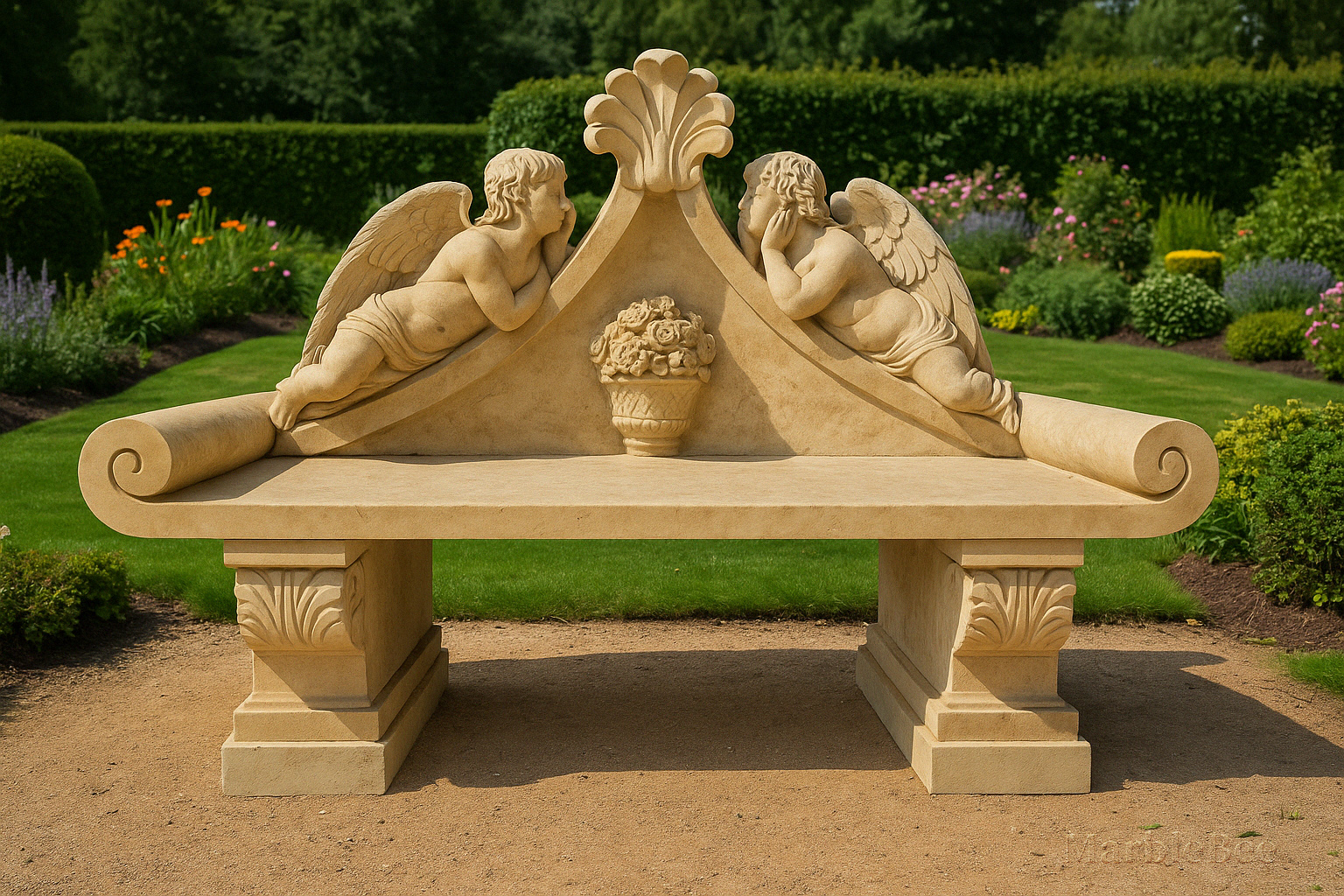
Technology meets tradition in heated stone benches that extend the usability of your garden into cooler months. These innovative designs incorporate subtle heating elements that warm the stone surface, creating remarkably comfortable seating even on chilly days.
At a recent landscape design conference, I sat on one without realizing it was heated. The gentle, radiating warmth was a revelation—not hot, just perfectly comfortable even though the morning was quite cool.
Best suited for: Cold-climate gardens, evening entertainment areas
Materials commonly used: Granite, engineered stone
Maintenance level: Medium—requires electrical components check
Design tip: Position heated benches where they'll get the most use in shoulder seasons—perhaps near outdoor dining areas or conversation spaces.
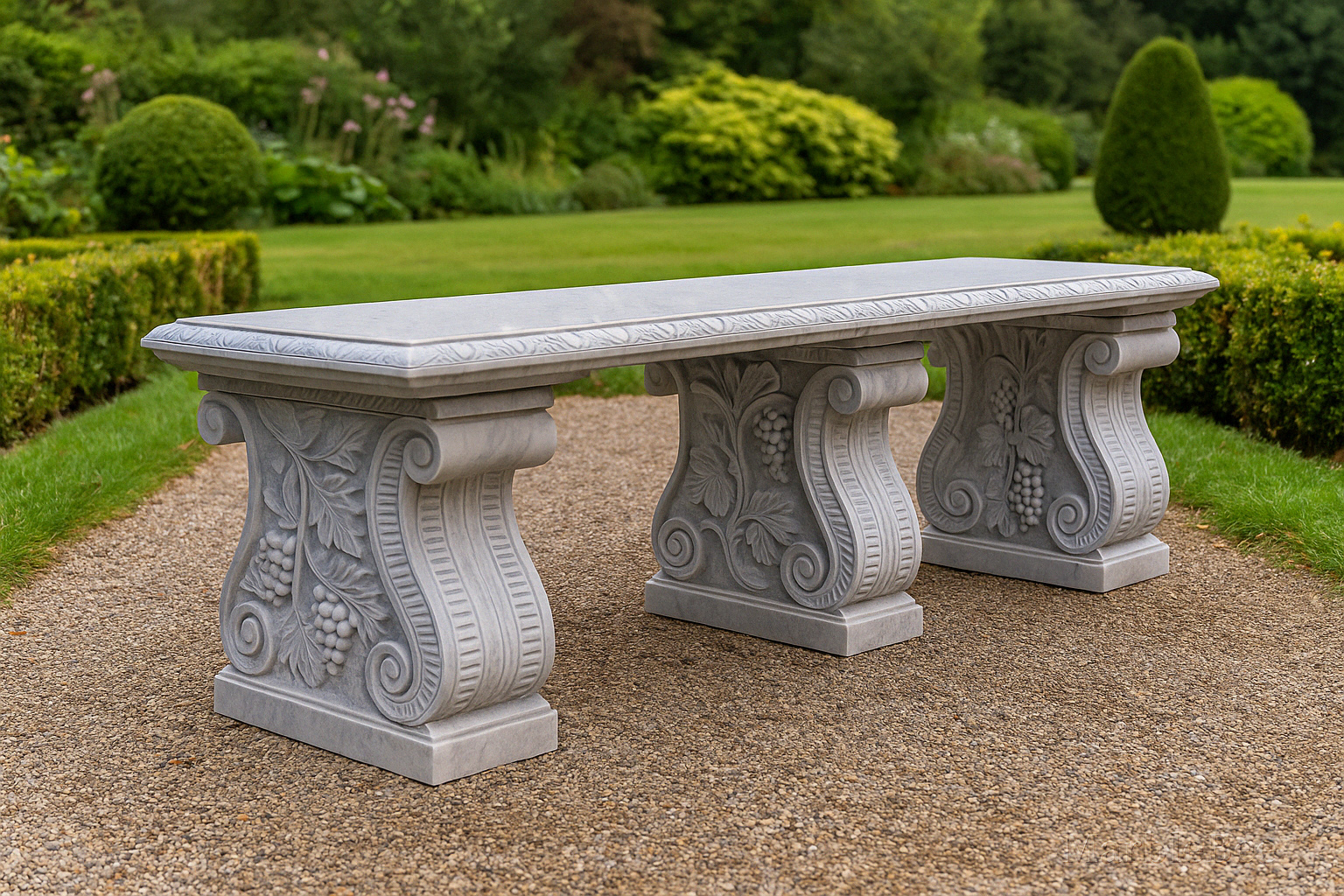
Stone benches are undeniably heavy—a fact that ensures their stability but complicates installation. Most stone benches weigh between 300-800 pounds, requiring specialized equipment and multiple people for placement.
"Always prepare the foundation before the bench arrives," advised one installation expert I consulted. "A level, compacted base—whether paving, gravel, or concrete—is essential for both aesthetics and longevity."
For DIY enthusiasts, smaller stone bench components might be manageable, but for most designs, professional installation is well worth the investment.
Let's address the elephant in the garden—stone is hard. While some bench designs incorporate ergonomic curves that improve comfort, others benefit from cushions during extended use.
When testing stone benches, I look for:
Many stone benches actually become more comfortable as they warm with your body heat—another reason they're often more pleasant to sit on than they might initially appear.

Finding well-crafted stone benches requires knowing where to look. Here are several reliable sources:
Stone yards and masonry suppliers: Frequently offer both raw materials and finished pieces
Artisan stonemasons: Create custom designs with unparalleled craftsmanship
Online retailers like Wayfair and Haddonstone: Provide convenient browsing and shipping options
Custom manufacturers such as MarbleBee: Specialize in high-quality stone products, including garden benches tailored to your specifications
When possible, I always recommend seeing stone benches in person before purchasing. The tactile experience of the stone and the opportunity to test comfort can't be replicated online.
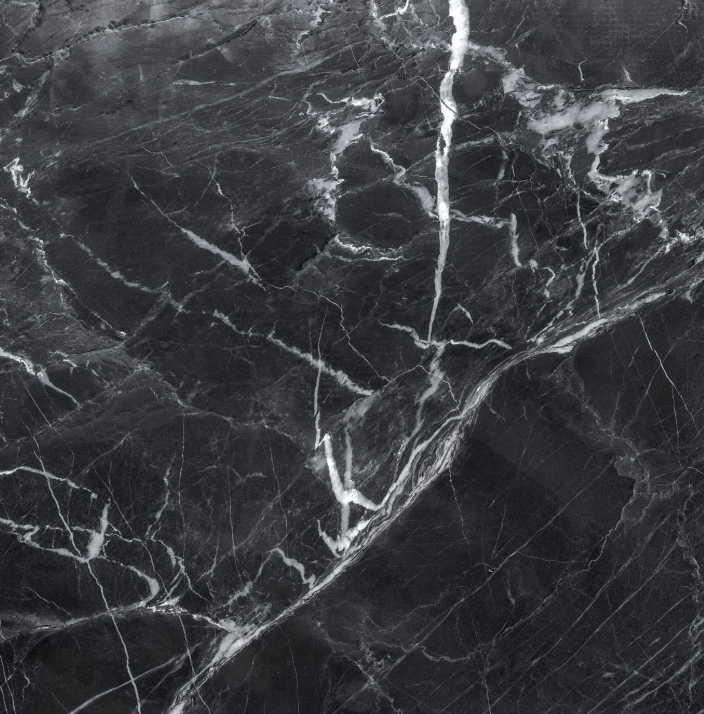


A stone bench is more than garden furniture—it's an investment in creating moments of pause and reflection in your outdoor space. Whether you prefer the classic elegance of carved marble, the rustic charm of boulder seating, or the sleek minimalism of granite slabs, the perfect stone bench beckons you to slow down and appreciate your garden from a new perspective.
As you consider which design speaks to you, remember that the best bench is one that complements both your landscape style and how you hope to use your garden. At MarbleBee, we've helped countless clients select stone benches that become cherished features of their outdoor sanctuaries. Our expert craftspeople can guide you through material selection and design options to create a bench that will serve as both functional seating and artistic focal point for decades to come.
I'd love to know—which of these stone bench designs speaks to you? Or perhaps you already have a favorite stone seat in your garden? Share your thoughts in the comments below!